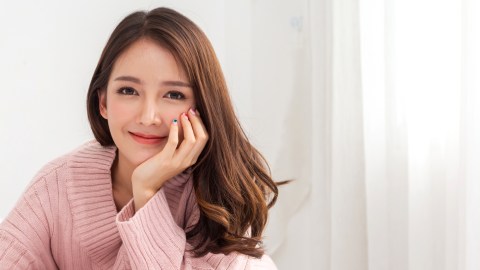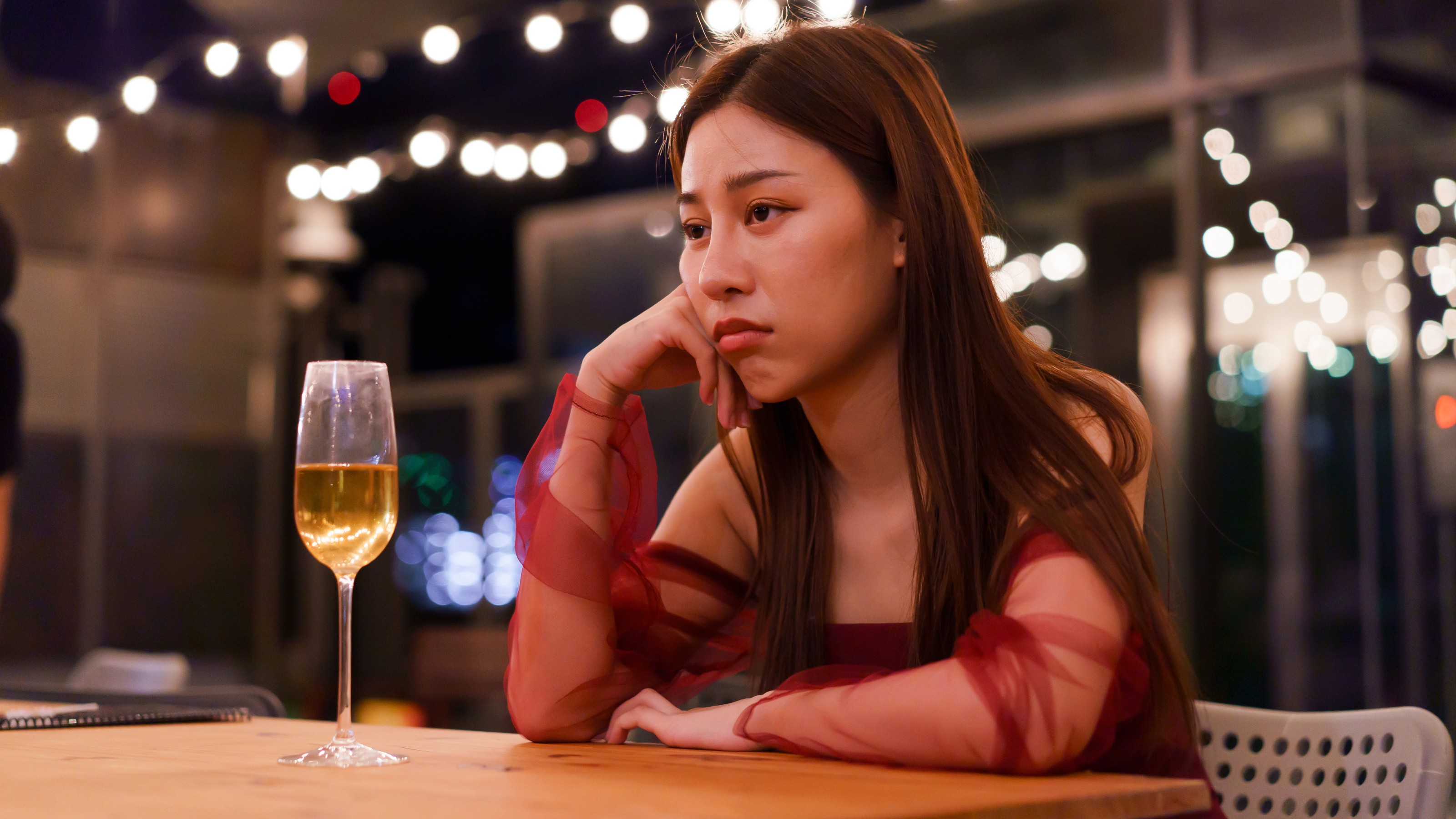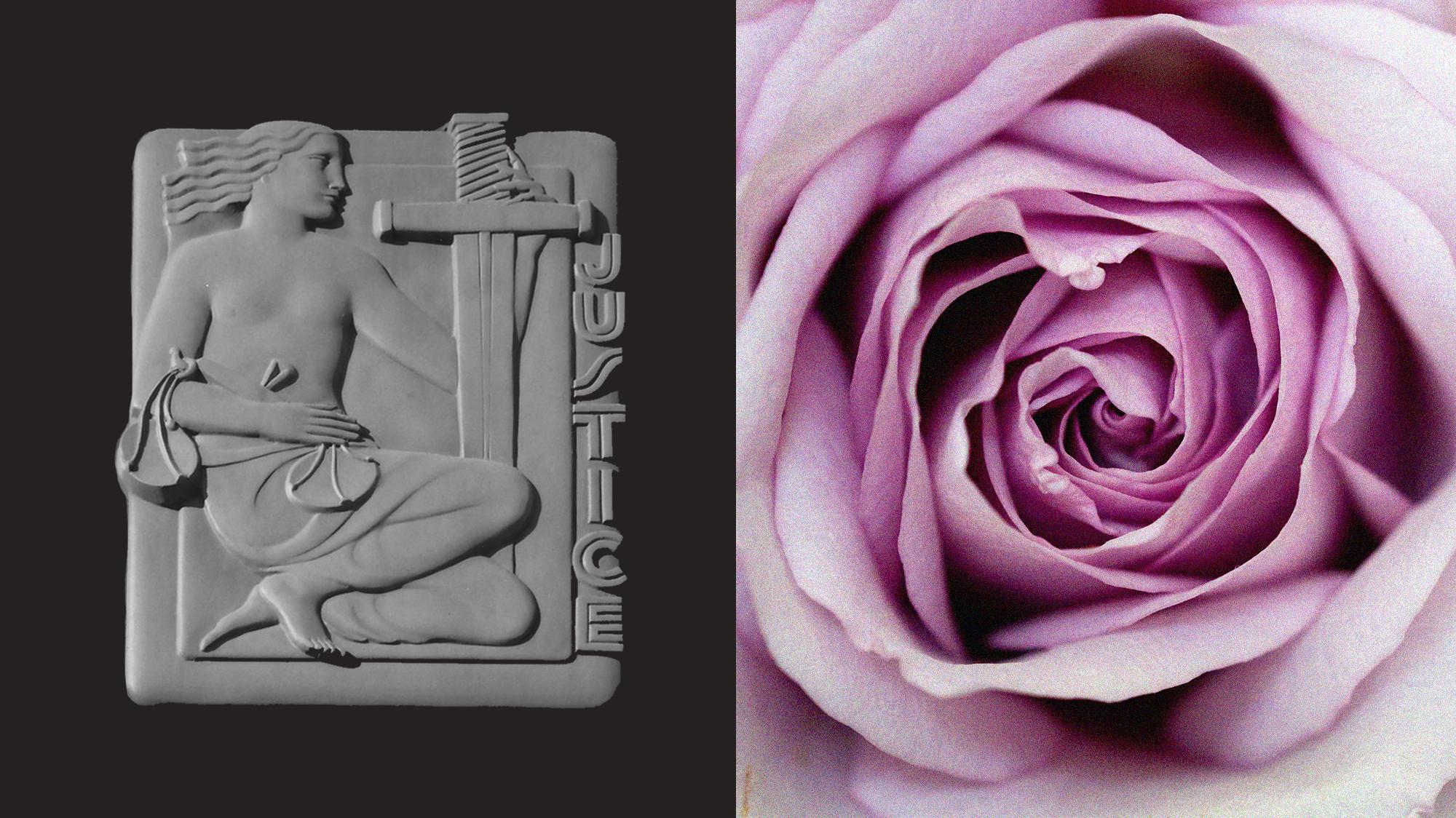We want to date “hot” people — but who you actually date is based on how hot you are

- Beauty is not in the eye of the beholder. All of us, regardless of our own physical attractiveness, tend to view the same people as attractive or unattractive.
- Our attractiveness greatly shapes who we partner with. Attractive people almost always mate with other attractive people, while unattractive people mate with other unattractive people.
- The more unattractive people are, the less they value physical attractiveness in potential mates. Instead, they focus on emotional characteristics like kindness, sense of humor, and dedication.
Physical attractiveness heavily shapes human culture, affecting everything from social standing, to employment prospects, to who we partner with. So it’s no wonder that social scientists are enamored with it.
Over decades of research, they’ve explored what makes men and women attractive. Muscularity, facial symmetry, facial hair, jaw shape, height, and youthfulness all factor in to male attractiveness, while breast fullness, facial symmetry, youthfulness, waist-to-hip ratio, a rounded butt, hair length, and eye size can make women more attractive.
Hot or not?
They’ve also generally put to bed any sentimental notion that “beauty is in the eye of the beholder.” All of us, regardless of our own physical attractiveness, tend to view the same people as attractive or unattractive.
Dan Ariely, the James B. Duke Professor of psychology and behavioral economics at Duke University, shared this blunt truth in an interview with Big Think more than a decade ago. It was one of Ariely’s studies that helped evince it.
In it, Ariely and his colleagues made use of the legendary website HotorNot.com, a page started in 2000 where anyone could both upload a photograph to have their attractiveness rated on a scale from 1 to 10 by anonymous users and rate the photographs of other users. HotorNot offered a crowdsourced answer to something most people have agonized about at one time or another: How attractive am I? To laypersons, the site was tacky, bordering on offensive, yet endlessly addicting. But to social scientists studying human attractiveness, it was absolute gold.
Ariely and his team mined the website for data, seeking to find if a person’s attractiveness affected how they rated others. “And the answer is no, we all see beauty in the same way,” Ariely summarized. “The people who are 9 rate people the same way as the people who are 4 in the hotness rating.”
Beauty inequality
HotorNot also had a dating function that allowed users to reach out to others on the website. The researchers found that users tended only to approach people with a similar attractiveness rating to their own. It was a clear manifestation of what scientists call assortative mating, which Ariely described as “the idea that if you took [everybody] and you ranked them on how attractive they are… the most attractive would date the most attractive. The middle attractive would basically date the middle, and the low would date the low.”
Furthermore, Ariely found that the more unattractive people are, the less they value physical attractiveness in potential mates. Instead, they focus on emotional characteristics like kindness, sense of humor, and dedication.
And this may be a good thing. Studies suggest that attractive people tend to have shorter and less satisfying relationships, perhaps because they overvalue attractiveness in their partners while overlooking other valuable traits.
As a self-described unattractive person, Ariely tends to zoom out and look at humans’ social dance from a dispassionate, evidence-based perspective. “We are coming into a social hierarchy in a certain place, and based on our circumstances, come to understand differently what we want and don’t want and how we view the world in a way that is compatible with where we are in the social hierarchy,” he said.





